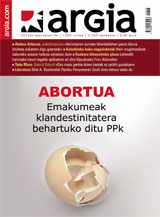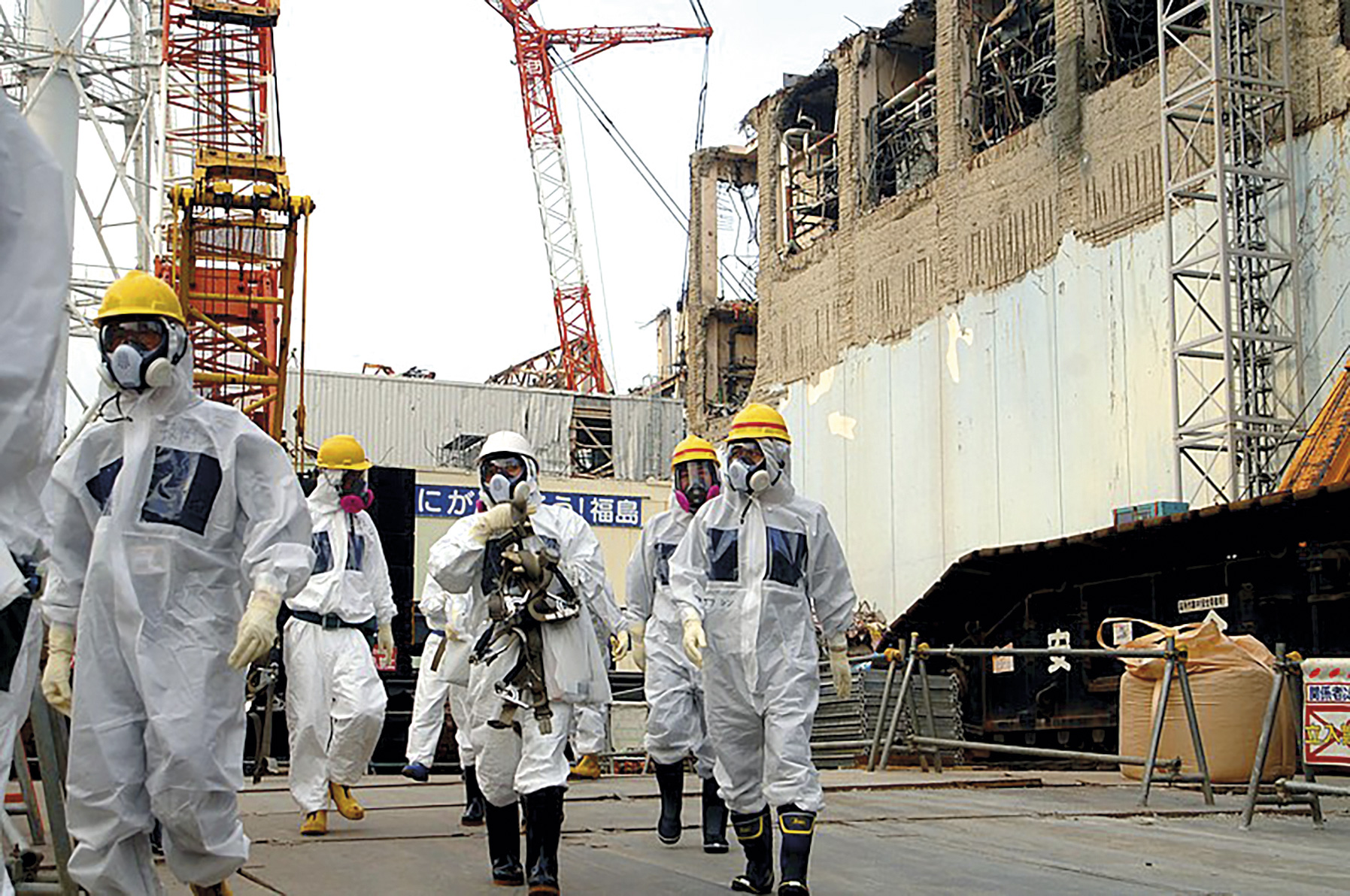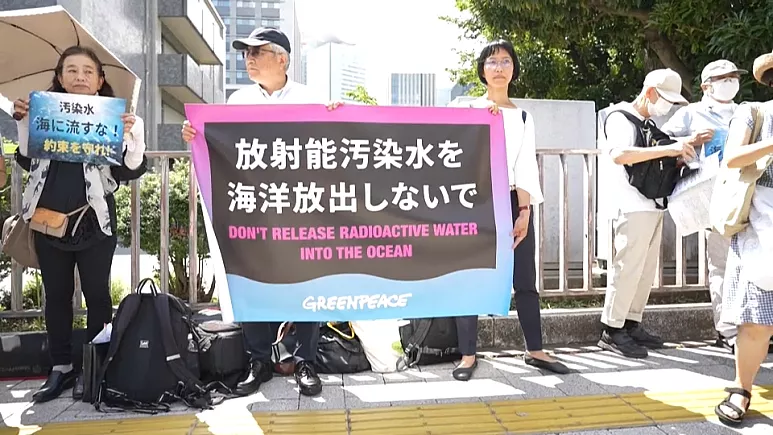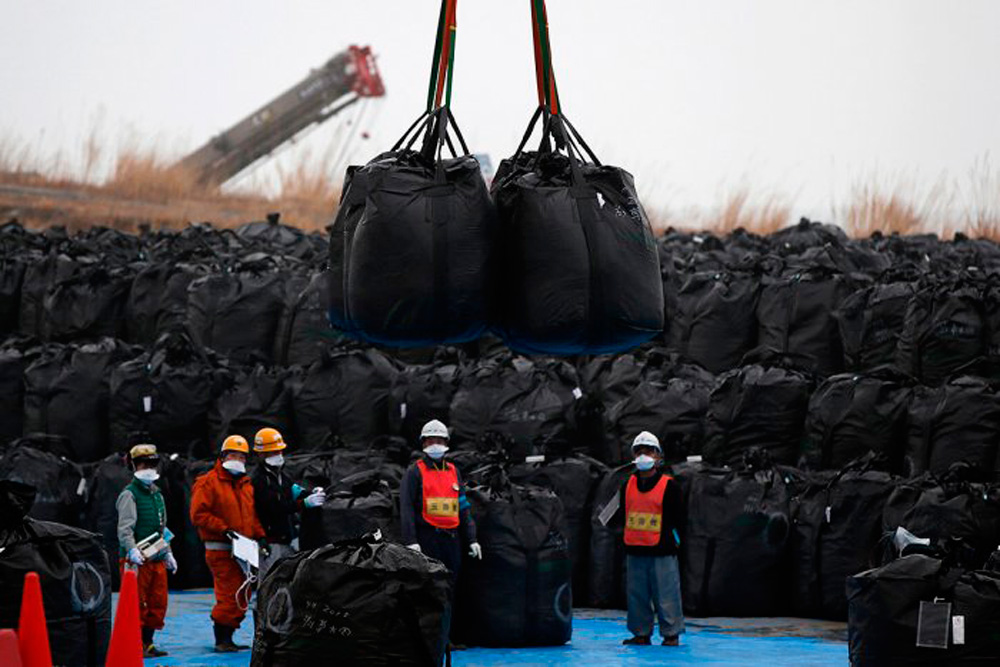Fukushima, saiakera eremua
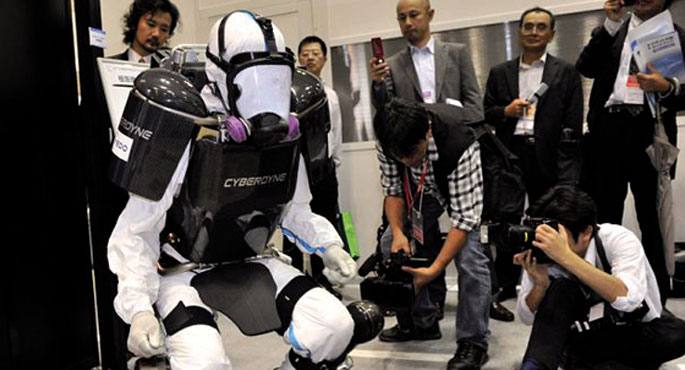
Fukushimako zentral nuklearra lehertu zenetik urte eta erdi pasatxo igaro da. Japoniako Gobernuak eta zentrala kudeatzen duen enpresak noizean behin egoera orokorrari buruzko datuak ematen badituzte ere, bertako berriemaile independente zenbaiten jarraipena egiten ari gara hilabete hauetan. Erradiazioa oso barreiatuta dagoela badakigu, batzuetan animaliak gaixotzen dira, besteetan landareengan aldaketa genetikoak sumatzen dira, eta nola ez, leuzemia kasuen hazkundea aipagarria da hainbat hiritan. Oro har anomalia gehiago detektatzen dira, ez oso kantitate handitan baina bai, aldiz, lur eremu zabaletan: hemen leuzemiaren hazkundea dago, hogei kilometrora ez da ezer sumatzen, 40 kilometrora erradiazio handia neurtzen da arroz uztetan... Egoera anarkiko samarra dela esan daiteke, intentsitate txikikoa eta iraunkorra aldi berean. Inork ez daki natura, gizakia barne, gai izango ote den erradiazio txiki, iraunkor eta anarkiko horri egokitzeko.
Badirudi zentraletik ateratzen ari den erradiazioa oraingo mailan mantentzen bada, erradiazioaren eta biziaren arteko oreka lortzea dela Japoniako Gobernuaren asmoa, baina horretarako hamarkada batzuk igaro behar dira. Ez dirudi unean uneko balantzeak larriak izango direnik; aldiz, hemendik 30ra urte balantze metatua eginez gero, milioika pertsonarengan eragina izango duela ziur naiz, baina orduan beste agintari batzuk izango direnez eta agian zentral nuklearrak historia izango direnez, inork ez du erantzukizunik izango.
Saiakerak saiakera, orain gutxi erakutsi dute urte gutxi barru zentrala desmuntatzen hasi behar duten langileen metalezko arropa-sistema, HAL deiturikoa. 70 kilogramo pisatzen du, eta langileen bizi ezaugarriak kontrolatzeaz gain, mugimenduak errazteko mekanismo robotikoak ditu.
Geuri hilkutxara psikologikoki ohitzen joateko sistema iruditu zaigu.









